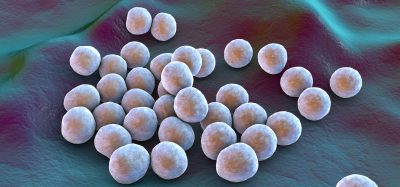Novel approach stimulates DNA repair mechanisms to combat a leading cause of autism spectrum disorders
Posted: 22 May 2023 | Izzy Wood (Drug Target Review) | No comments yet
US researchers report promising results for fragile X syndrome, by stimulating cells’ DNA repair mechanisms that could correct the inherited genetic defect associated with the disorder.


Scientists at Massachusetts General Hospital (MGH), US, have made a breakthrough in the treatment of fragile X syndrome, a leading cause of autism spectrum disorders. Fragile X syndrome is characterised by an inherited repeat of certain nucleotides within the DNA sequence of the FMR1 gene. The researchers discovered that stimulating cells’ DNA repair mechanisms could correct the inherited genetic defect associated with the disorder. The research was published in the journal Cell.
The team, led by senior author Jeannie T Lee, used models derived from cells of patients with fragile X syndrome and exposed them to different laboratory conditions. They found that the presence of inhibitors of two kinases called MEK and BRAF led to the production of special nucleic acid structures known as “R-loops” formed between DNA and RNA. Cells perceive R-loops as DNA damage and trigger repair mechanisms to rectify the problem. As a result, the cells’ repair mechanisms excised the expanded CGG repeats, a key characteristic of fragile X syndrome, leading to more normal CGG levels and re-expression of the crucial FMR1 gene.
Fragile X syndrome is caused by an expansion of the trinucleotide repeat CGG within the FMR1 gene, which reduces the expression of the FMRP protein necessary for brain development. The disorder affects approximately 1 in 3,000 boys and 1 in 6,000 girls.
While gene therapy and gene editing are common approaches to restoring protein expression, the MGH researchers focused on contracting the CGG repeat and restoring protein expression by stimulating the body’s own DNA repair mechanisms. This innovative approach has the potential to provide a one-time treatment for fragile X syndrome.
The team plans to extend their research to patient neurons and animal models to further explore the efficacy of this treatment strategy. If successful, this breakthrough could offer hope to individuals with fragile X syndrome and potentially pave the way for new treatments for other genetic disorders.
Related topics
DNA, Gene Testing, Genetic Analysis, Genomics
Related conditions
Fragile X Syndrome
Related organisations
Massachusetts General Hospital (MGH)
Related people
Jeannie T Lee







